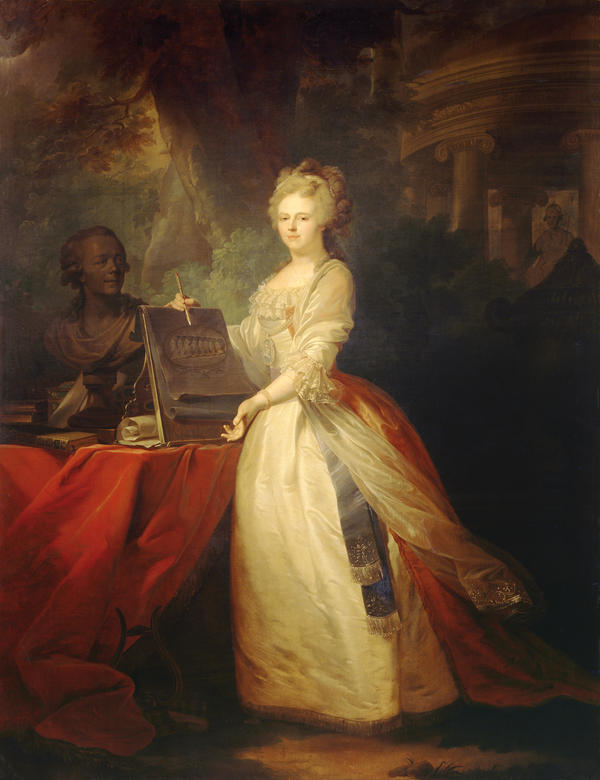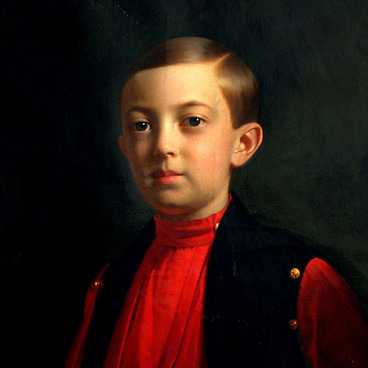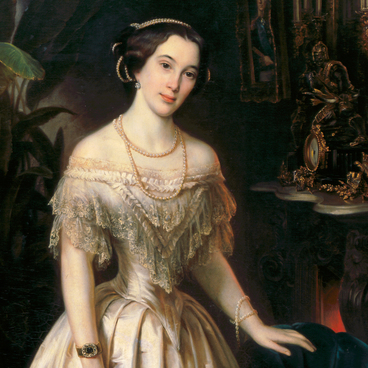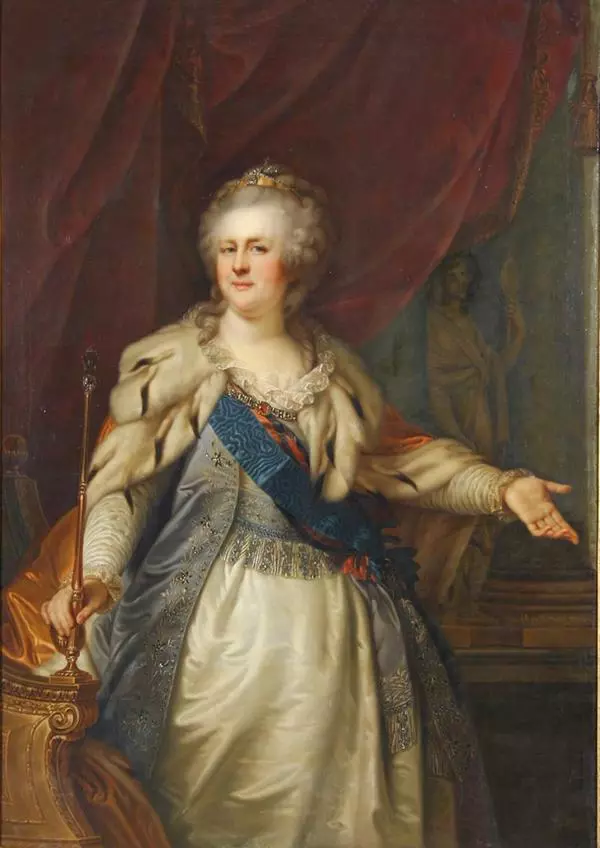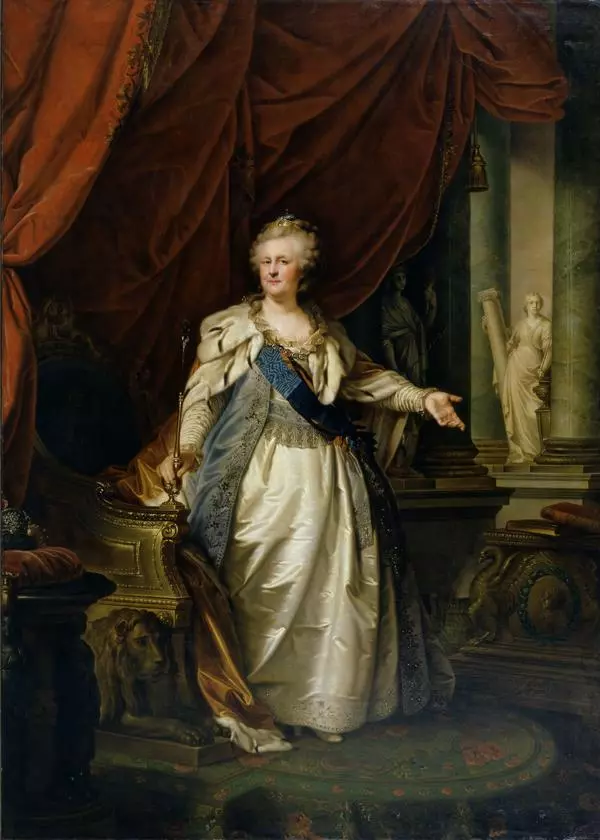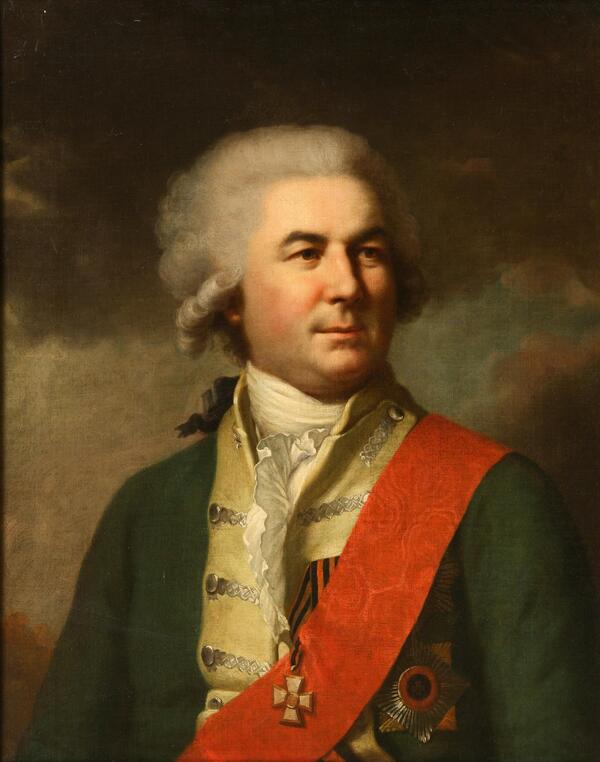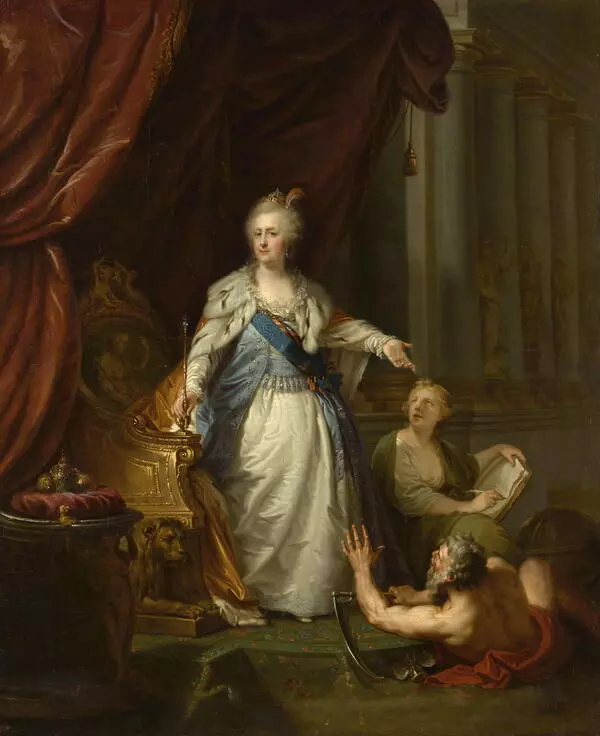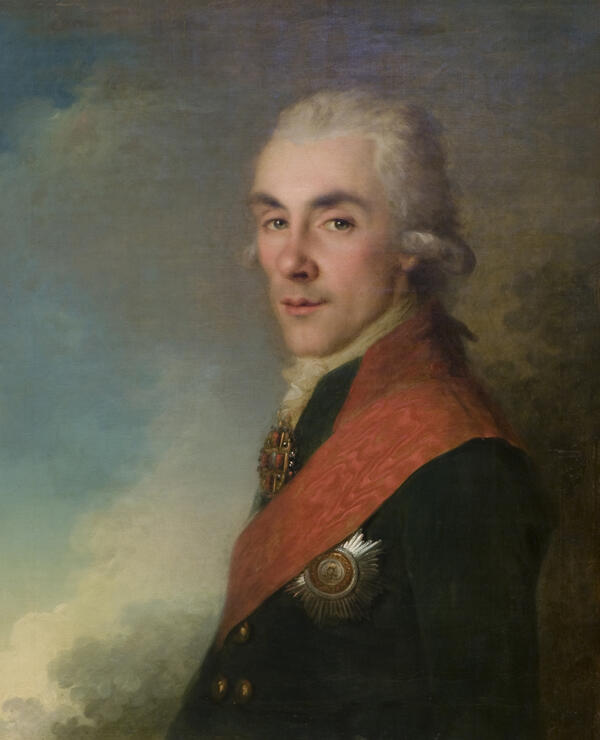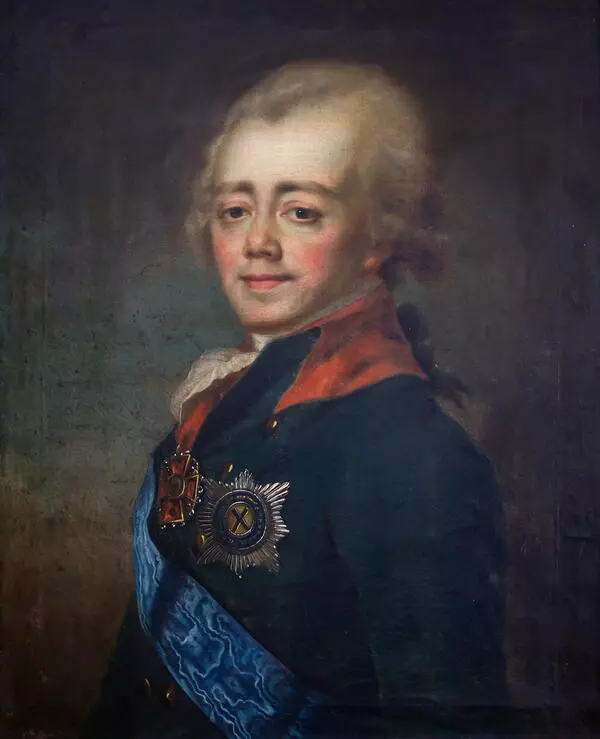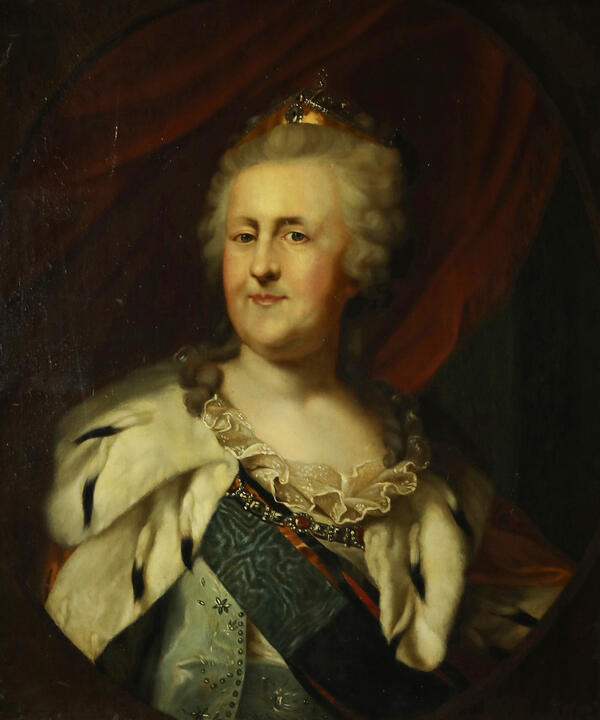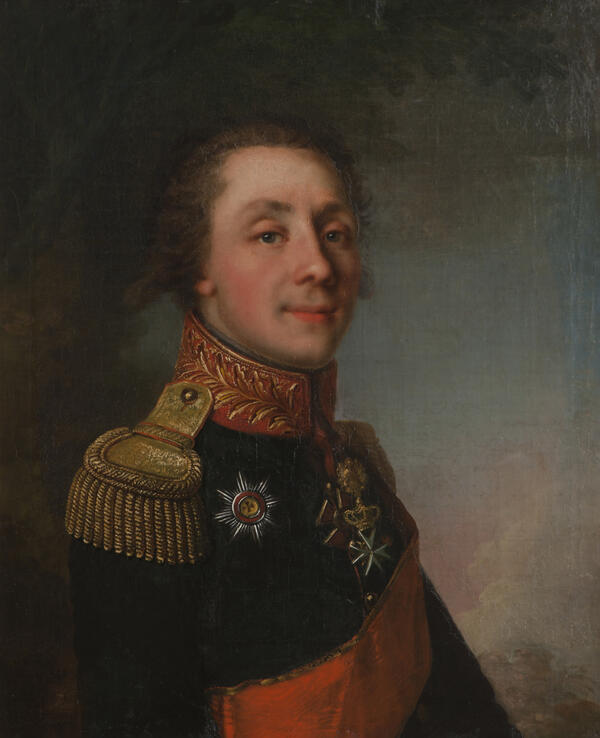Johann Baptist Lumpi the Elder is an Austrian painter, graphic artist, miniature painter, master of ceremonial portraiture. The artist studied in Salzburg, worked in Vienna, Verona and Trento in 1773–1780, in Warsaw in 1788–1791 and in St. Petersburg in 1792–1797. Lumpy became a professor at the Academy of Fine Arts in Vienna in 1786. The artist is known as the painter of full-dress portraits made in the classicism genre.
Lumpi spent six years in Russia. Catherine II and Paul I patronized him; he was a favourite court painter and portrayed all the members of the royal family and many Russian dignitaries. Among them were Princes Platon Zubov and Nikolai Yusupov, Counts Alexei Musin-Pushkin and Pyotr Zavadovsky, the first Russian general Pyotr Melissino and many others.
Lumpi the Elder constantly found lucrative orders and patrons. Both in Russia and in Austria, he gained the fame of a fashionable painter who easily performed numerous and generously paid works. According to contemporaries, the artist’s success was so significant that at the Russian and Austrian courts there was not a single aristocrat or dignitary whose portrait he would not have painted. According to art historian Erich Gollerbach, Lumpi was able to “depict in a generalized form the type of people contemporary to him, a certain collective face of the Russian aristocracy of Catherine”s time.”
Ceremonial and semi-ceremonial portraits were the main focus of the artist’s work. When painting them, he was able to tellingly situate the model and to embellish it without significant detriment to resemblance to reality.
The Portrait of Empress Maria Feodorovna is one of the best examples of the skill of Lumpi the Elder. The artist depicted on it the 35-year-old wife of Paul I in full length. Maria Feodorovna stands against the backdrop of a conventional landscape, near the table with a sculptural portrait of her husband.
On the bronze desk, there is a sheet with a drawing of the children of the Empress, which she holds with her hand. In the other hand, Maria Feodorovna holds an insert with a pencil. Everything indicates that this is a portrait of an artist showing her work to the viewer. The Empress really loved to draw, including her children.
The peculiarities of Johann Baptist Lumpi’s pictorial manner were that the artist made the saturated colours of the paintings sweet and dimmed. He used smooth strokes that softened the transitions between shades and the contrast between shadow and light. This technique made Lumpi the Elder one of the best masters among portrait painters of his time.
Lumpi spent six years in Russia. Catherine II and Paul I patronized him; he was a favourite court painter and portrayed all the members of the royal family and many Russian dignitaries. Among them were Princes Platon Zubov and Nikolai Yusupov, Counts Alexei Musin-Pushkin and Pyotr Zavadovsky, the first Russian general Pyotr Melissino and many others.
Lumpi the Elder constantly found lucrative orders and patrons. Both in Russia and in Austria, he gained the fame of a fashionable painter who easily performed numerous and generously paid works. According to contemporaries, the artist’s success was so significant that at the Russian and Austrian courts there was not a single aristocrat or dignitary whose portrait he would not have painted. According to art historian Erich Gollerbach, Lumpi was able to “depict in a generalized form the type of people contemporary to him, a certain collective face of the Russian aristocracy of Catherine”s time.”
Ceremonial and semi-ceremonial portraits were the main focus of the artist’s work. When painting them, he was able to tellingly situate the model and to embellish it without significant detriment to resemblance to reality.
The Portrait of Empress Maria Feodorovna is one of the best examples of the skill of Lumpi the Elder. The artist depicted on it the 35-year-old wife of Paul I in full length. Maria Feodorovna stands against the backdrop of a conventional landscape, near the table with a sculptural portrait of her husband.
On the bronze desk, there is a sheet with a drawing of the children of the Empress, which she holds with her hand. In the other hand, Maria Feodorovna holds an insert with a pencil. Everything indicates that this is a portrait of an artist showing her work to the viewer. The Empress really loved to draw, including her children.
The peculiarities of Johann Baptist Lumpi’s pictorial manner were that the artist made the saturated colours of the paintings sweet and dimmed. He used smooth strokes that softened the transitions between shades and the contrast between shadow and light. This technique made Lumpi the Elder one of the best masters among portrait painters of his time.

